Basic Info about the Refuge
The Bayou Cocodrie National Wildlife Refuge in Louisiana is nearly 15,000 acres.
The Bayou Cocodrie NWR in Louisiana is located along the state’s Black Bear Corridor, between the Tensas River NWR and the Atchafalaya River Basin. Thanks to its location and bottomland hardwood habitat, the small national wildlife refuge is home to bears, bobcats, and loads of deer and feral hogs.
This refuge is made up of four units: Brooks Brake, Cross Bayou, Hoover Slough, and Wallace Lake. We enjoyed the Brooks Brake and Cross Bayou areas the most.
Deer and hogs run along the road leading to Cross Bayou and through the undergrowth near the Brooks Brake parking area during most of the year, and you’ll find bobcats, owls, anoles, and turtles throughout the refuge.
Take a walk along the Observation Tower Trail to find all kinds of songbirds, who will get pretty close. The trees near the parking area at the headquarters building are filled with woodpeckers, warblers, vireos, kinglets, and flycatchers during the winter. You might also find a bear or coyote watching from a distance as you walk the trees for owls and woodpeckers, too.
By The Numbers
Learn more about the refuge.
Size in Acres
Trails
Entry Fee
Days Open
Units
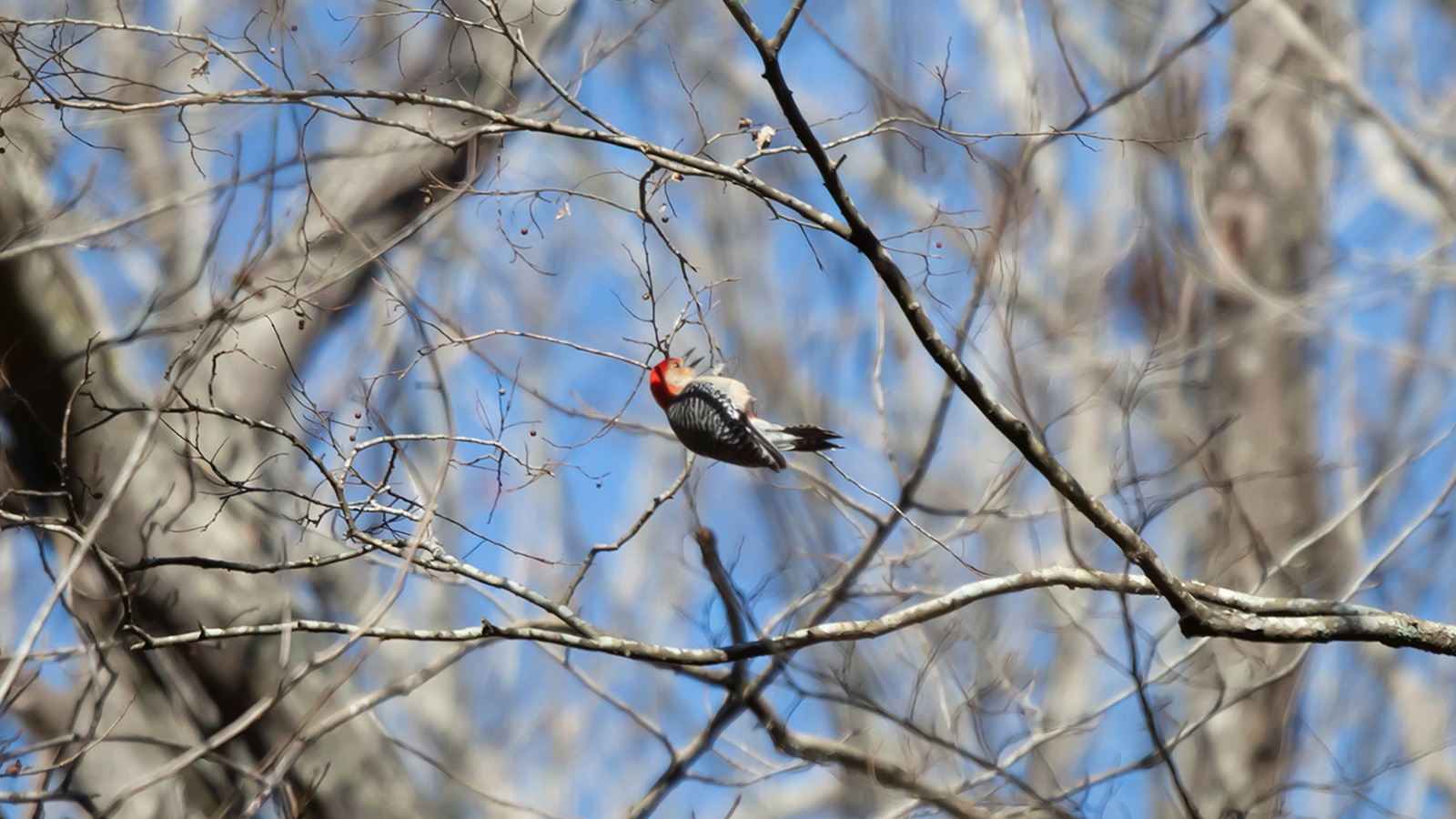
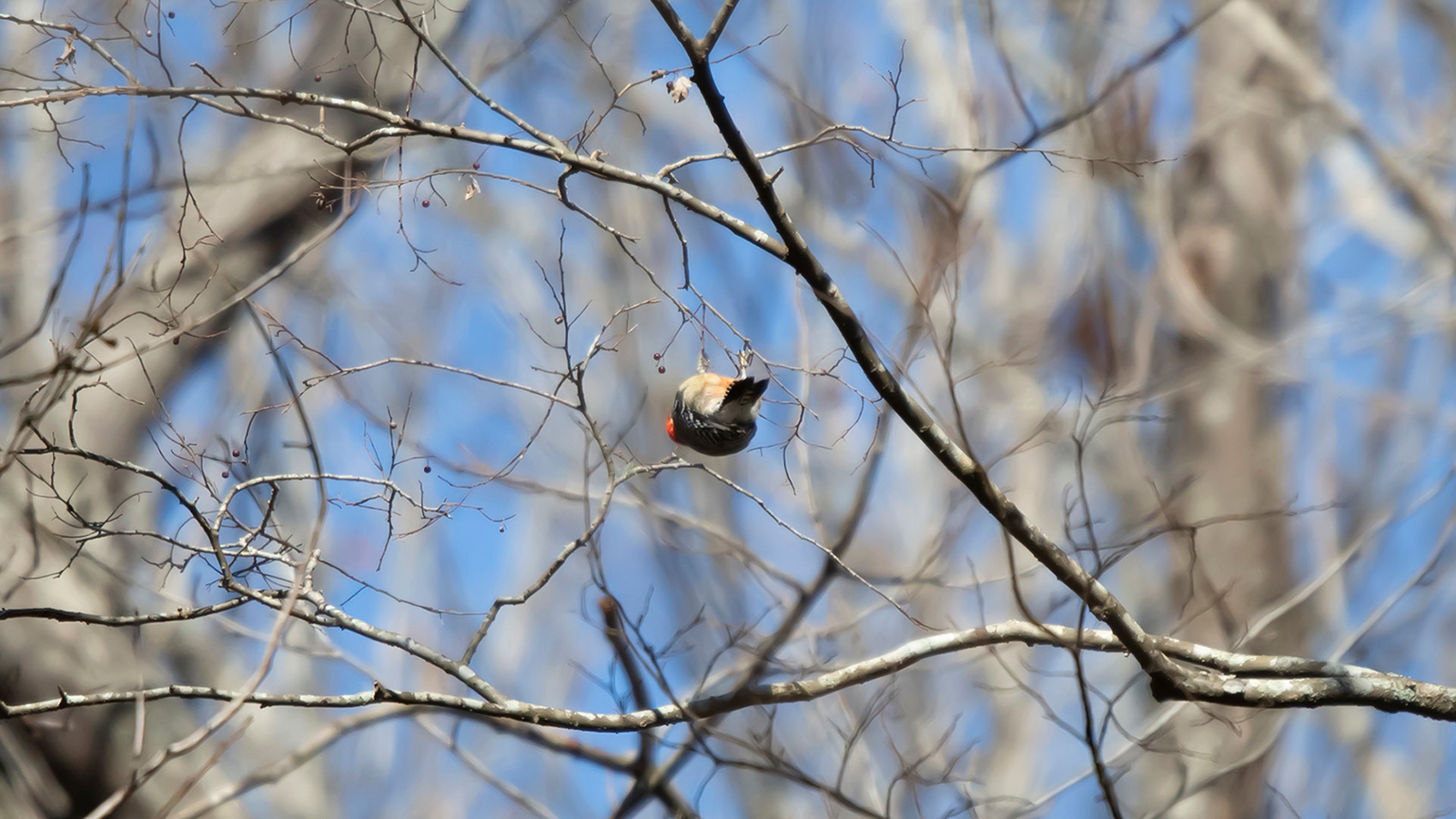
Red-Bellied Woodpecker
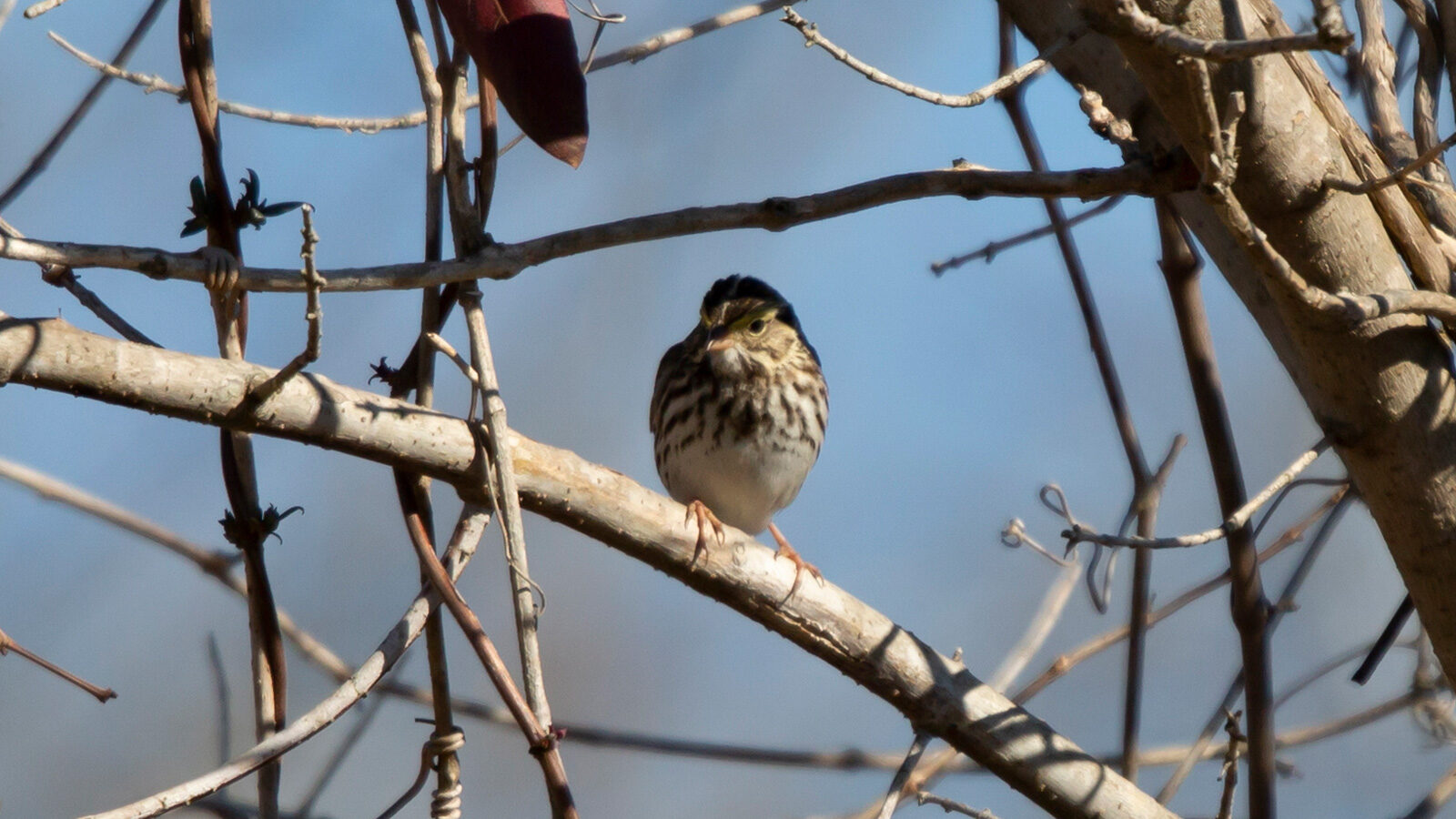
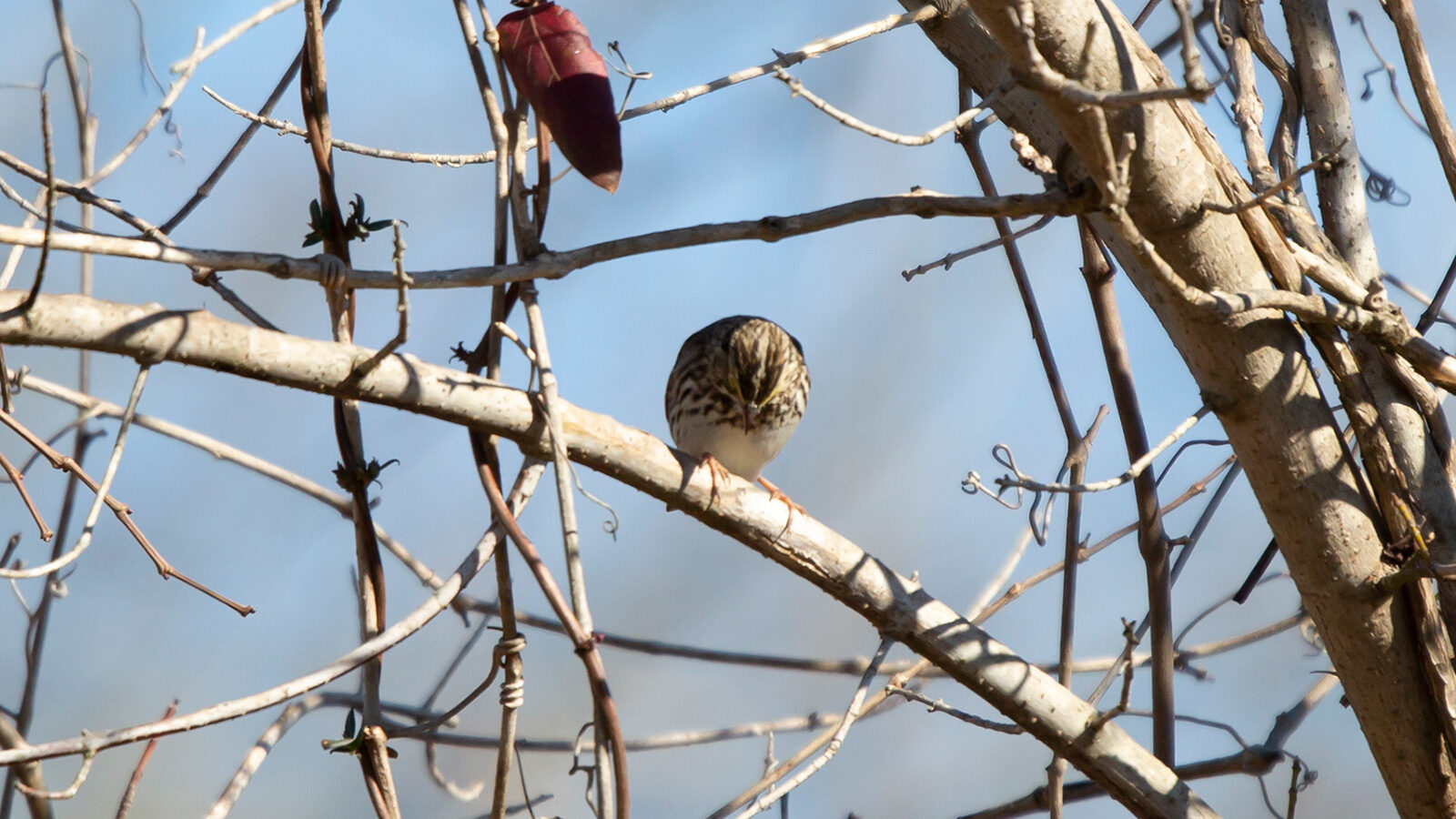
Savannah Sparrow
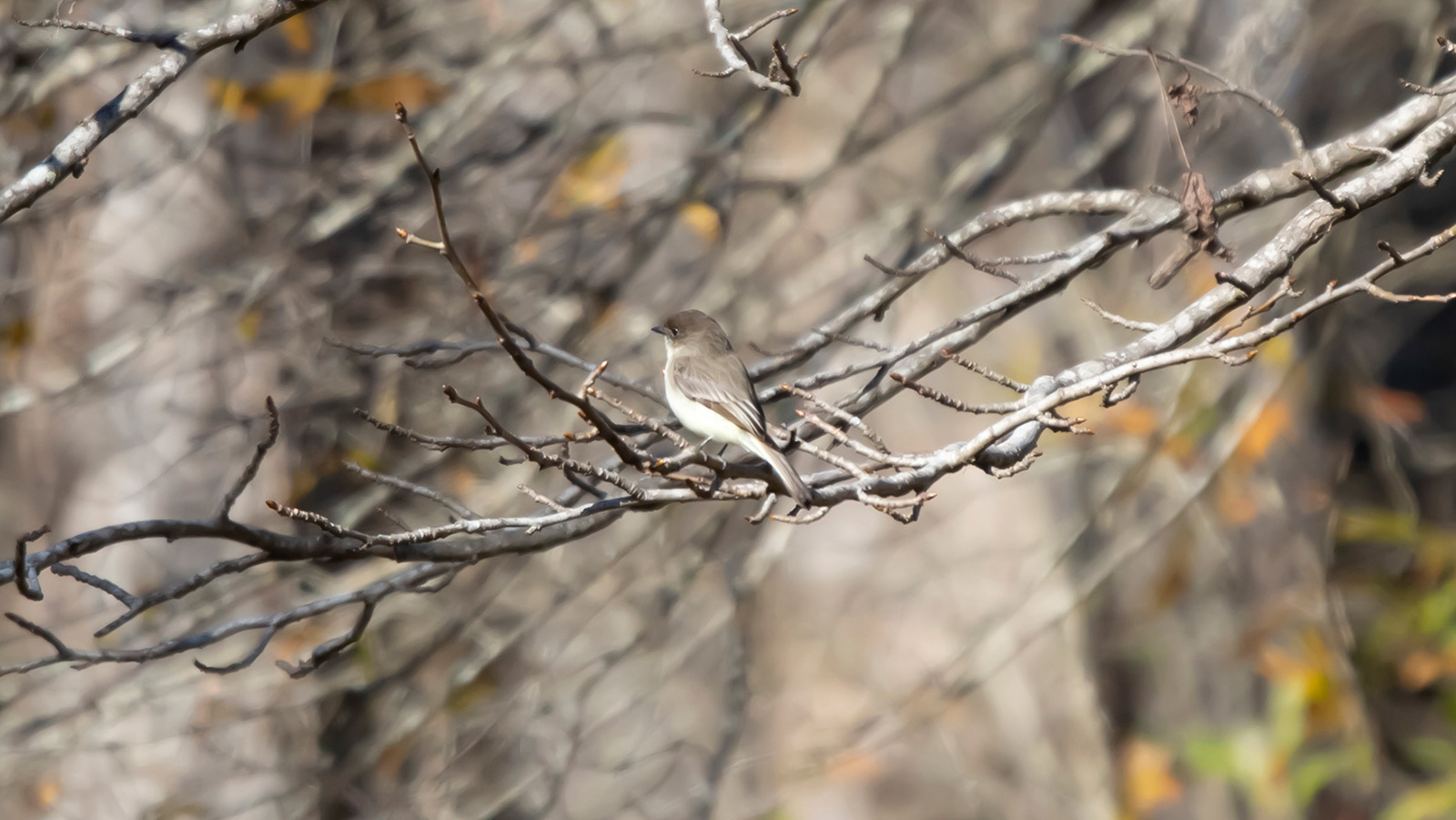
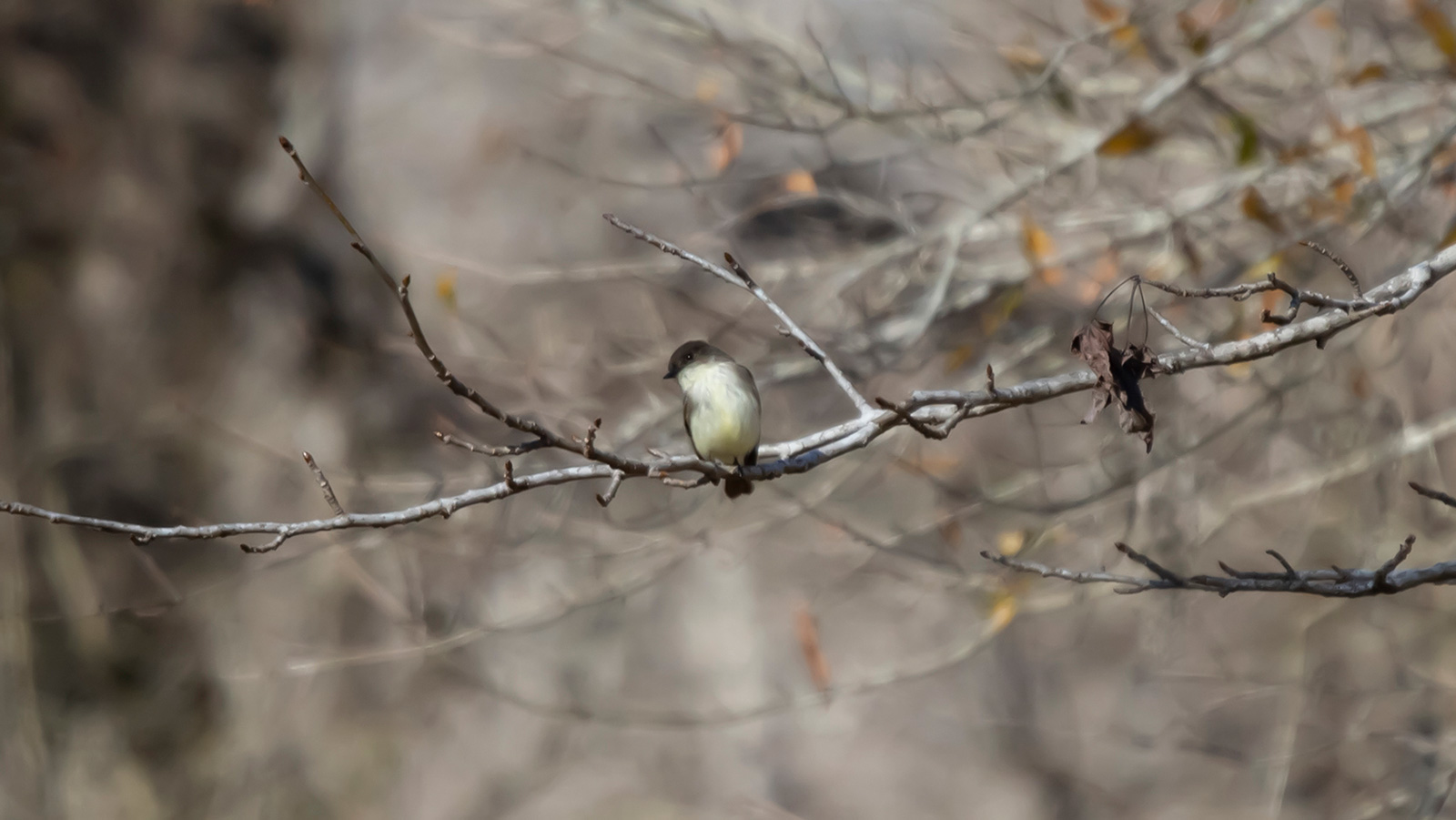
Eastern Phoebe

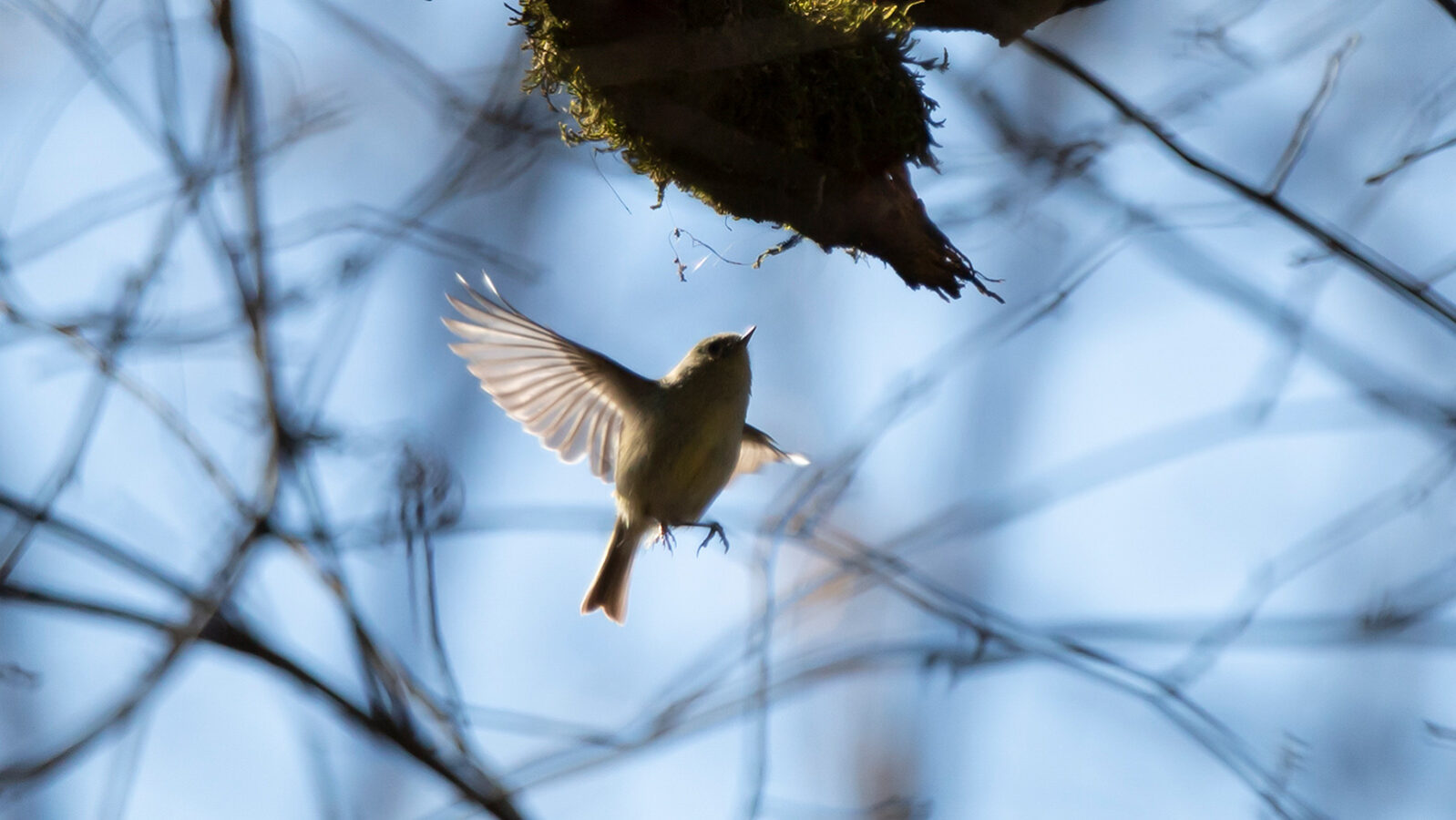
Ruby-Crowned Kinglet
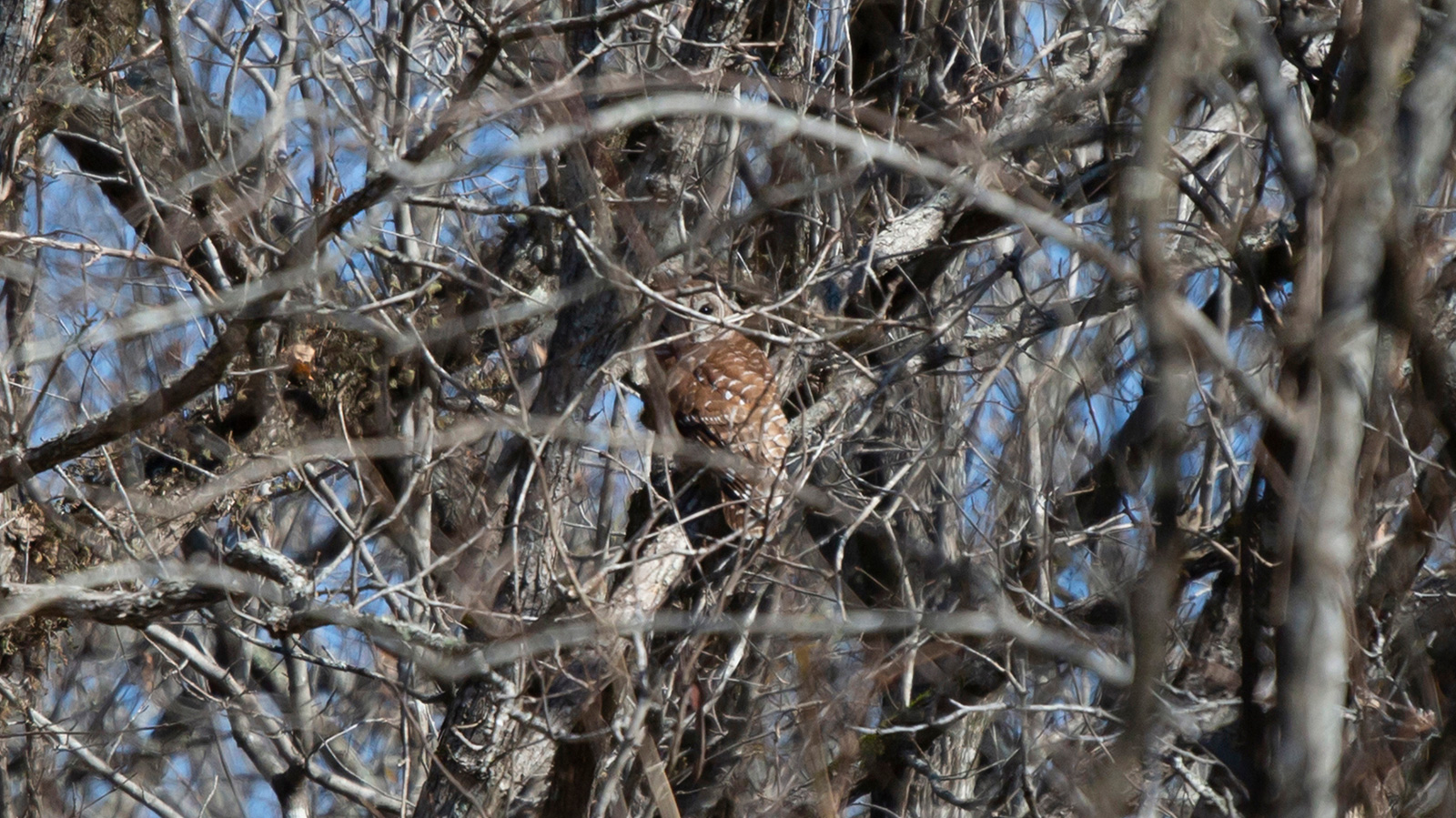

Barred Owl
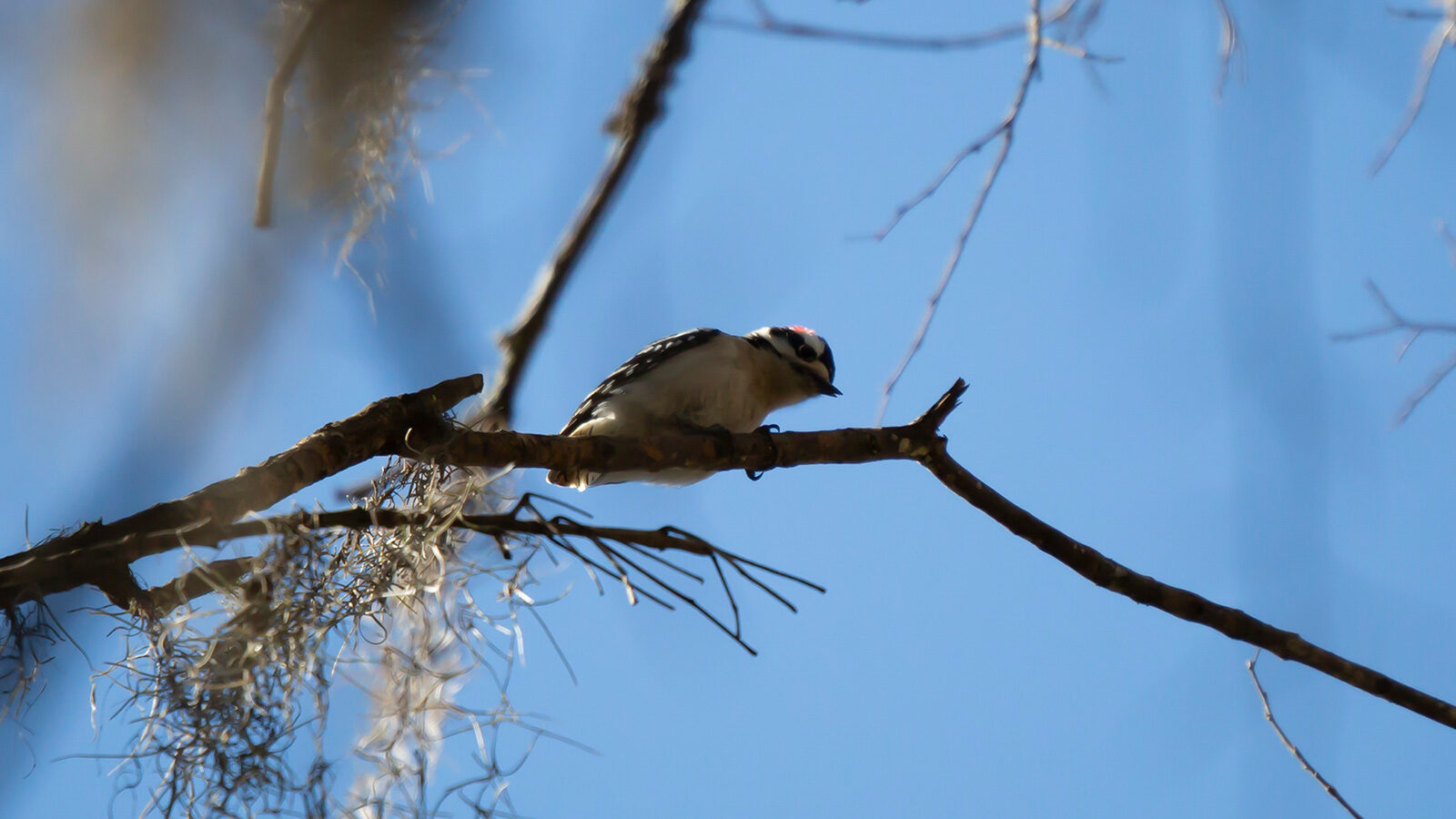
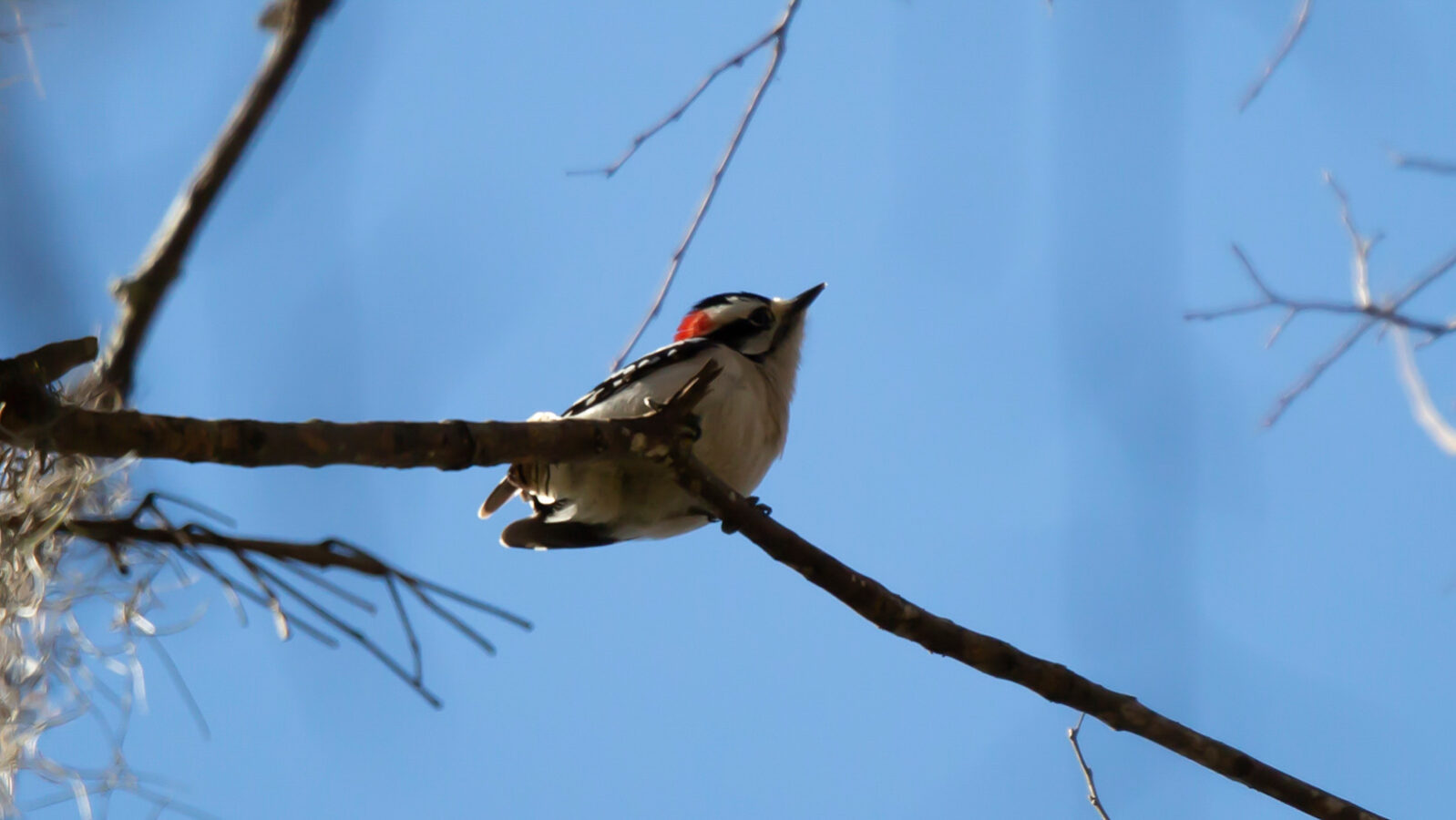
Downy Woodpecker
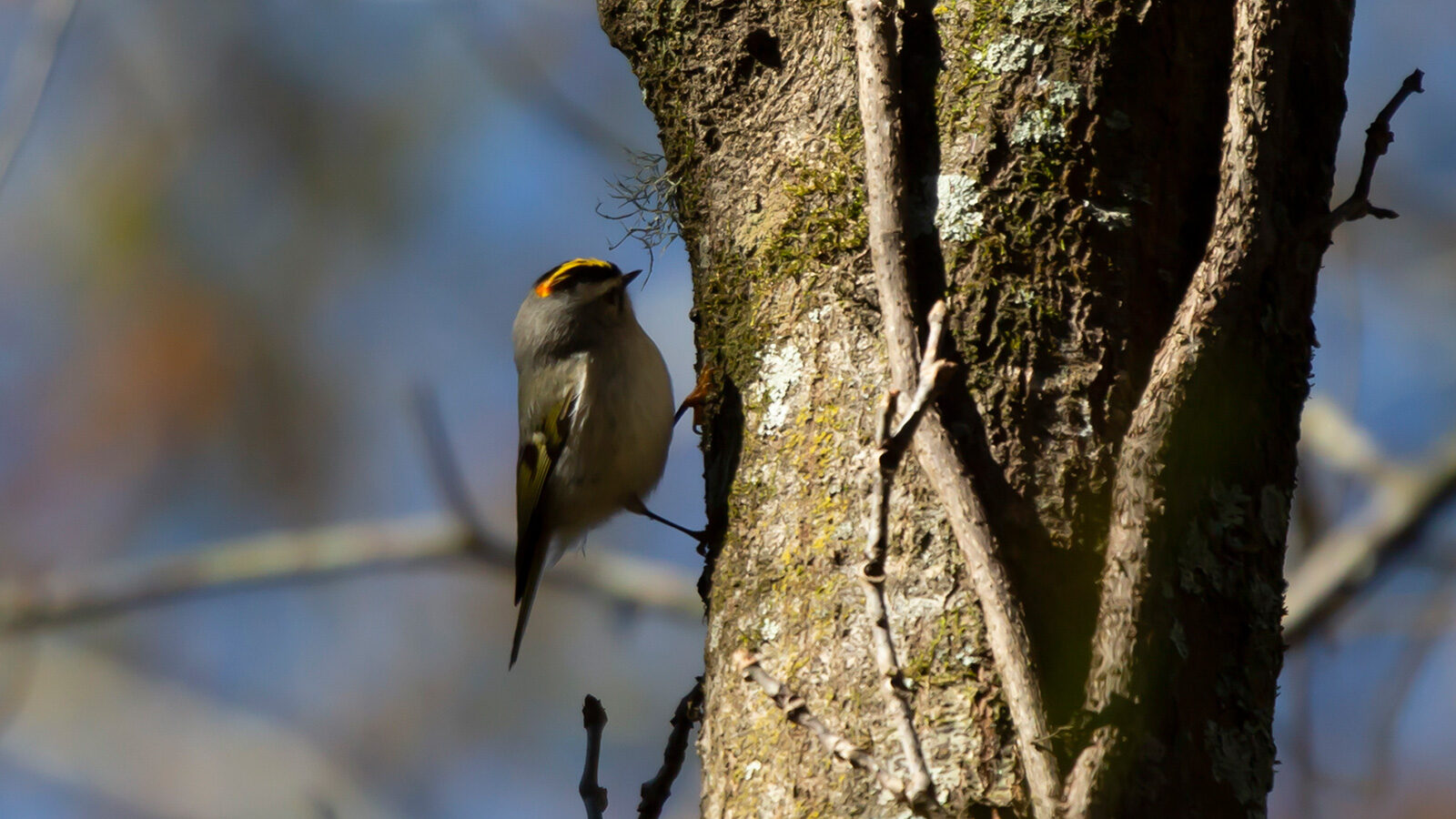
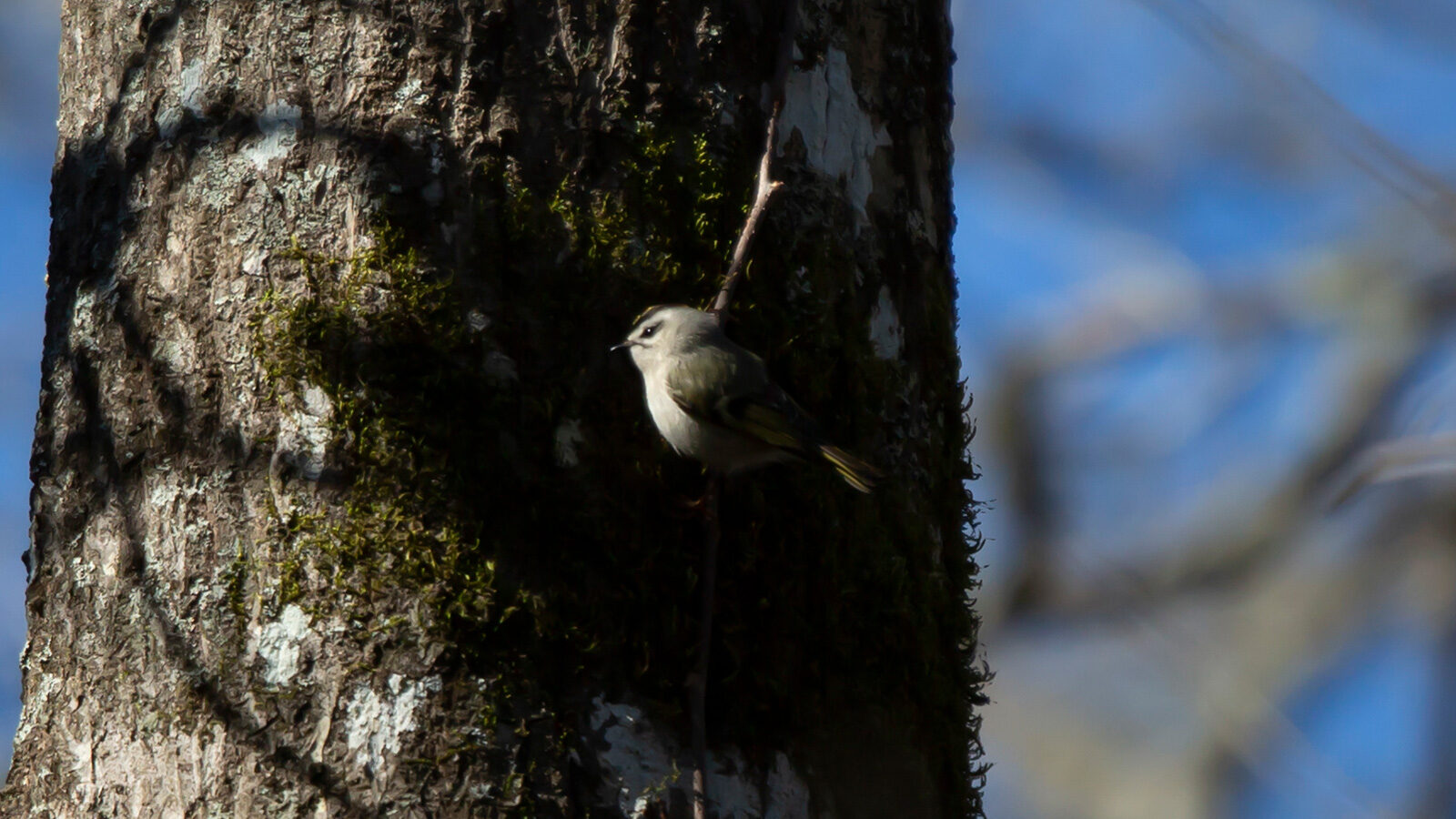
Golden-Crowned Kinglet

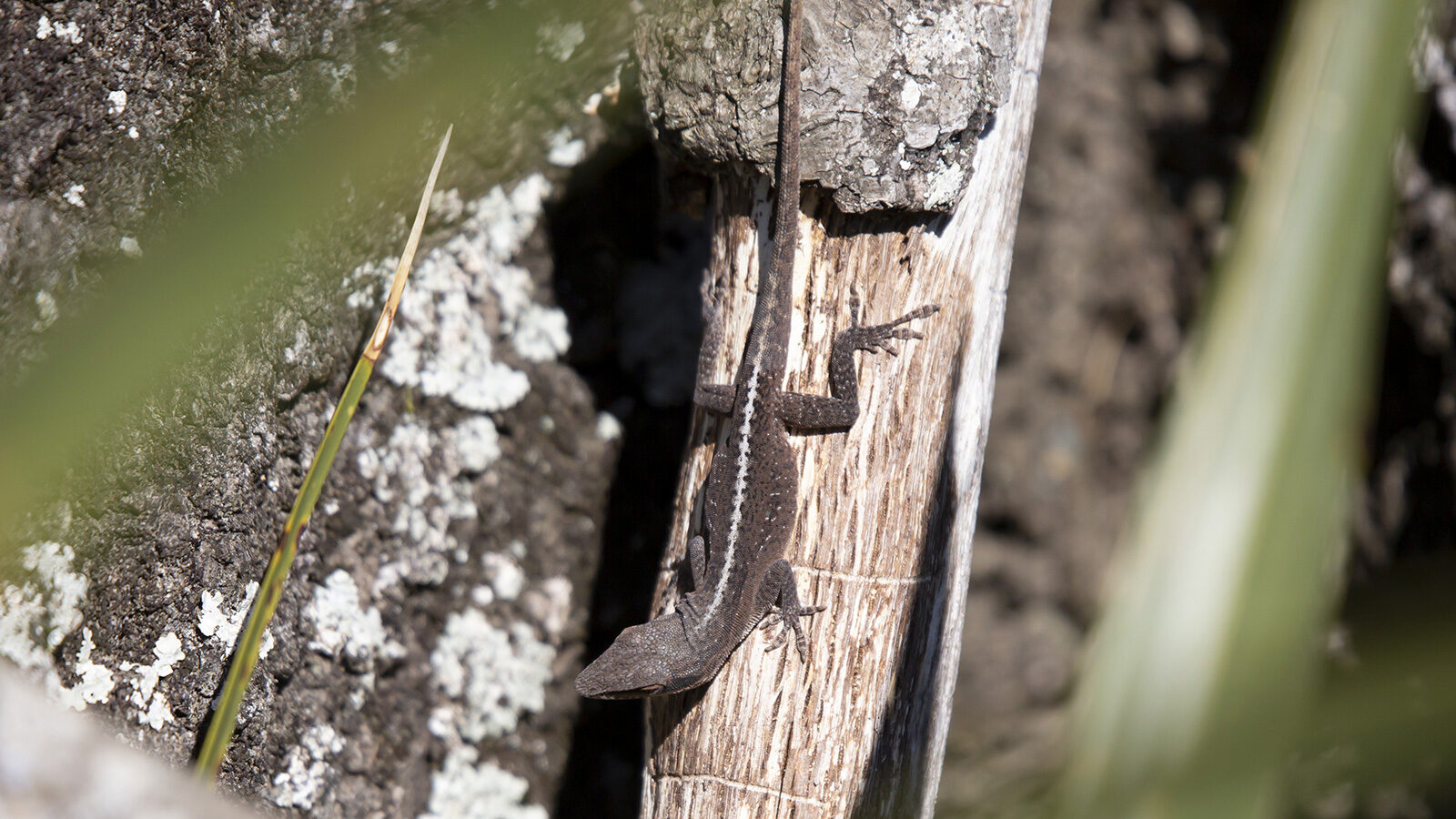
Green Anole
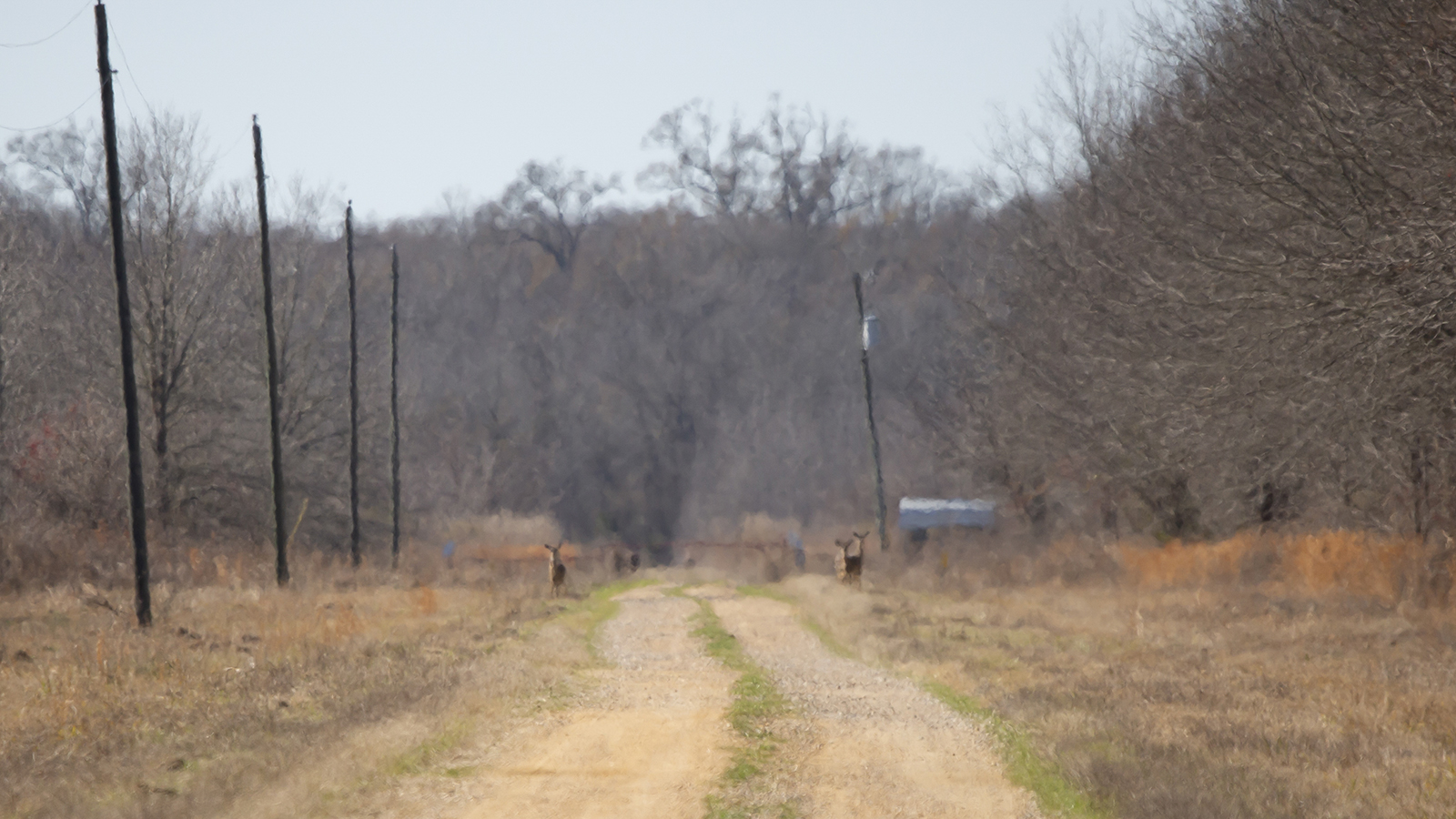
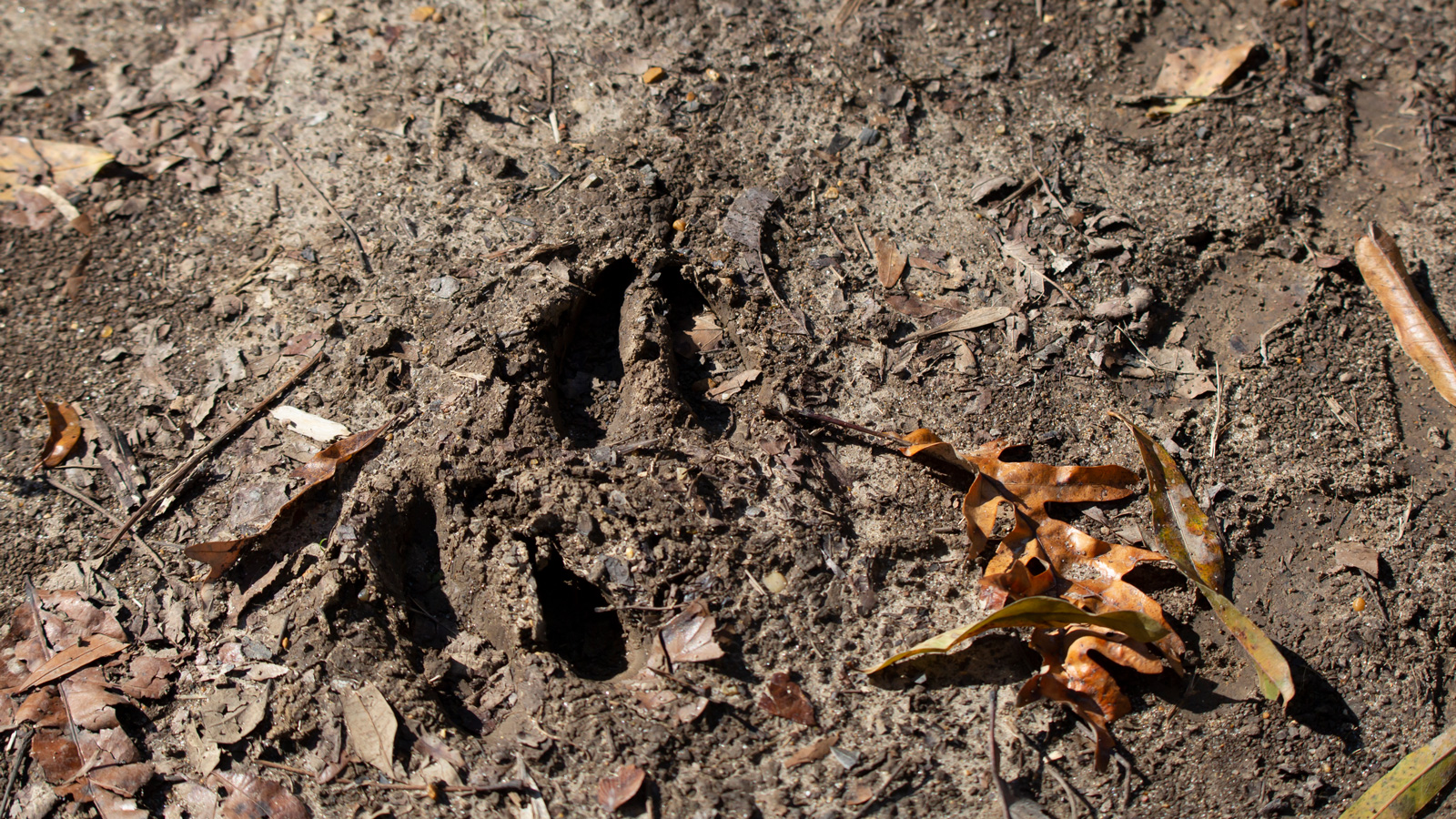
Deer
By far, our favorite two animals that we’ve seen at the Bayou Cocodrie NWR are the black bear and the bobcat. Unfortunately, we don’t have any photos of either. So, we’re going with our next favorite animal — the barred owl. It was the first place we were able to snag a photo of any owl species. Barred owls are fun birds to watch. They tend to have two modes: super calm but cautious or fast and swooping. This one landed in a tree quite a distance away and was in calm mode for about fifteen minutes before swooping away.
More about How You Can Enjoy the Refuge
The refuge is open from 4 a.m. until an hour and a half after sunset all year and is free to the public. There are more details about what you need to legally hunt and fish at the refuge in the tab below.
Restrooms
NONE. This NWR doesn’t have restrooms, but it’s not far from Ferriday, and there are plenty of places to stop in town before you hit the refuge.
Accessibility
The Observation Tower Trail is very accessible and easy for visually impaired users to navigate. There were a few additional trails that looked promising but were blocked in some way due to hurricane damage. We look forward to getting back to refuge soon.
Learn More
Learn more about the Bayou Cocodrie NWR at the refuge’s official website.
The Bayou Cocodrie NWR is a great place to find wildlife. It’s home to more than 150 species of animals, and you can find all kinds of birds, bugs, and reptiles here, along with bears, deer, bobcats, and rabbits. You can find lists of birds sighted at the refuge with eBird’s Trail Tracker “Bayou Cocodrie NWR” sighting list and information on all animals that have been reported at the NWR on the iNaturalist “Bayou Cocodrie NWR” page. For more info about the refuge, check out the Bayou Cocodrie NWR page.
You can fish year-round at the Bayou Cocodrie NWR. You can fish near the refuge headquarters or near the south end of the refuge. For more information about fishing at the NWR, go to the Bayou Cocodrie NWR “Fishing” page.
You can find information on getting and maintaining your fishing license and what species you can keep, check out the Wildlife and Fisheries “Recreational Freshwater Finfish and Crawfish” page. You can also learn about the crawfishing licenses there.
Most of the Bayou Cocodrie NWR is open for hunting. To legally hunt at the refuge, you’ll need a valid Louisiana hunting license and a Migratory Bird Stamp for hunting waterfowl. Learn more about federal hunting laws enforced by the U.S. Fish and Wildlife Service at the Bayou Cocodrie NWR “Hunting” page and the Louisiana Wildlife Management “WMA/Refuge/Conservation Area Licenses and Permits pages.”
Visit Other Areas
The Bayou Cocodrie NWR is one of many places you can enjoy our local wildlife.
Explore North Louisiana's Outdoors.
Learn about national wildlife refuges, Kisatchie National Forest ranger districts, state wildlife management areas, and state parks found throughout North Louisiana.